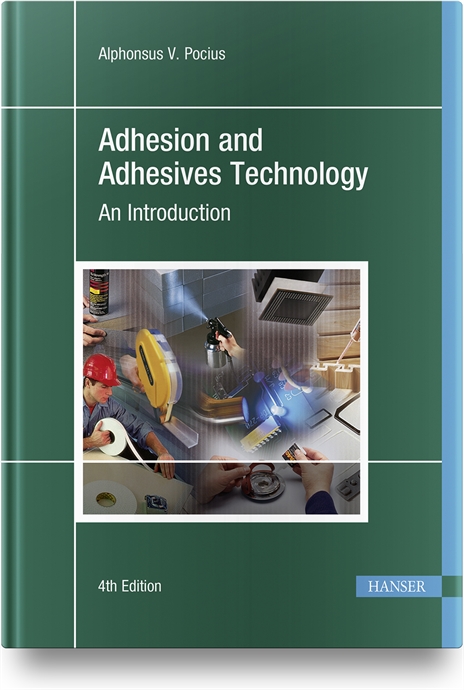
The RTM vertical tail project is one of many structural projects being conducted under the company's Advanced Affordability Initiative (AAI). AAI demonstrates advanced material, designs and manufacturing technologies that will significantly reduce the cost of aircraft components for next-generation combat aircraft.
RTM differs from reaction injection molding (RIM) in the way resin is delivered into a cure mold. With RIM, the resin is usually a two-part system consisting of a catalyst or initiator, and a base resin. The two-part resin is placed into a mixer prior to injection into the cure mold. With RTM, the resin is a one-part system, containing all constituents, injected into the cure mold.
Using the RTM process, the unitized tail structure was cured in a press as a single component. The process reduced the part count from 13 to one and eliminated more than 1,000 fasteners. The corresponding manufacturing costs have been reduced by more than 60 percent.
The project also demonstrated that modeling the resin flow accurately identifies preferred injection sites and sequences. This helps assure proper impregnation throughout the component. Using the optimum model prediction resulted in complete mold filling with no dry spots. This yields significant benefits to quality and production cost.
The vertical tail is one of the largest and most complex composite components ever produced using the RTM process. The tail measures 12 feet along the leading edge and weighs almost 200 pounds. The entire structure varies in thickness from 0.9 to 8.9 inches. The leading edge, which accepts a leading edge cap, varies in thickness from 0.9 to 2.2 inches. The skins are composed of more than 100 plies and vary in thickness by a factor of four from root to tip. Fourteen unique, complex mandrels having continuously variable cross sections were over-braided to create the internal structure.
"This RTM demonstration is a major step forward in advancing the manufacturability of complex, composite aircraft components," said Kenneth Taylor, director of the Advanced Affordability Initiative. "We are beginning to capitalize on the performance advantages of composite materials at costs that rival traditional metallic designs. These advantages in composites provide us with confidence in our ability to affordably produce the next generation of fighters." A unitized structure of this complexity could be used in commercial aircraft in about 3 years.
For more information call 817-777-4973 or Reply 15.



